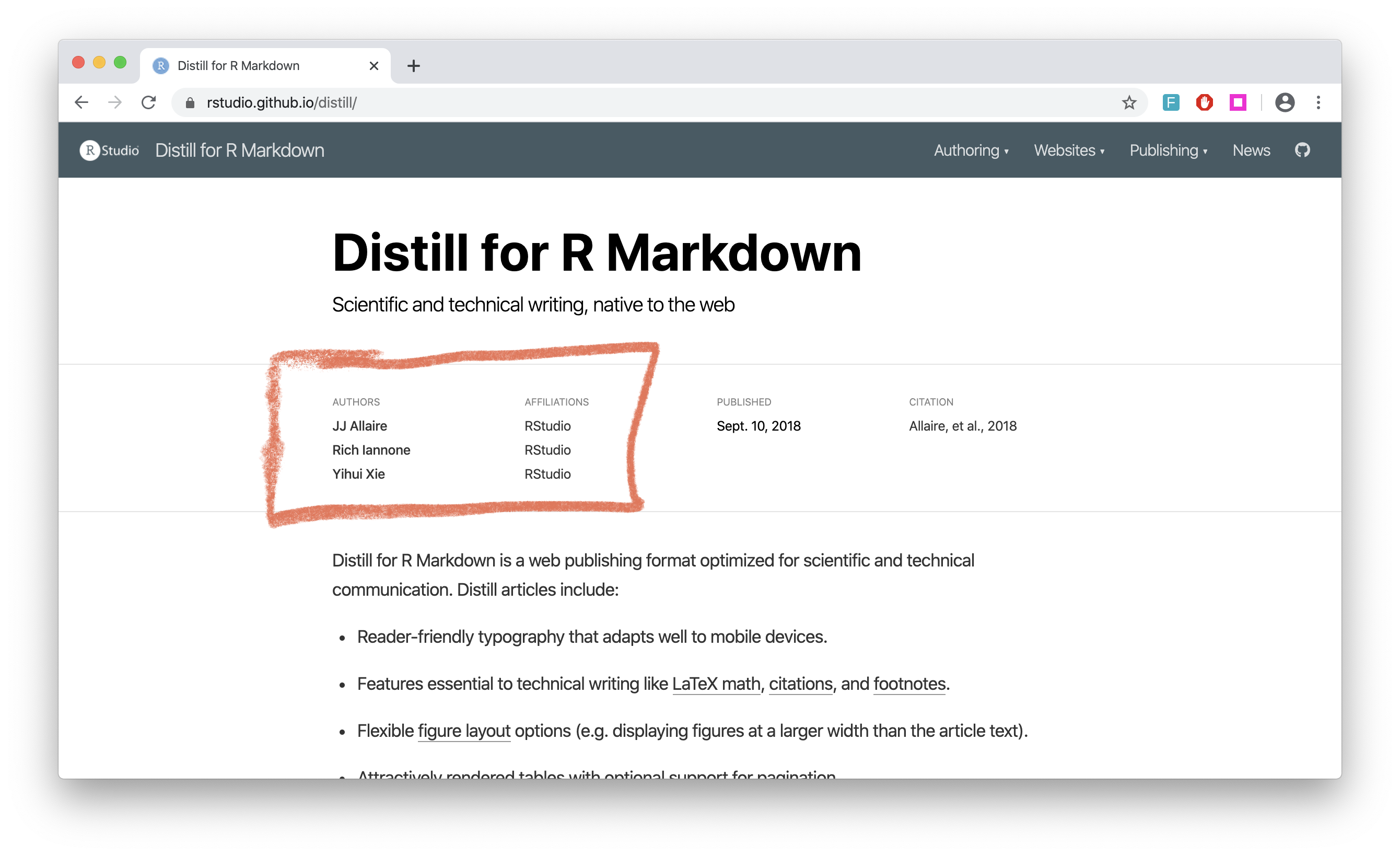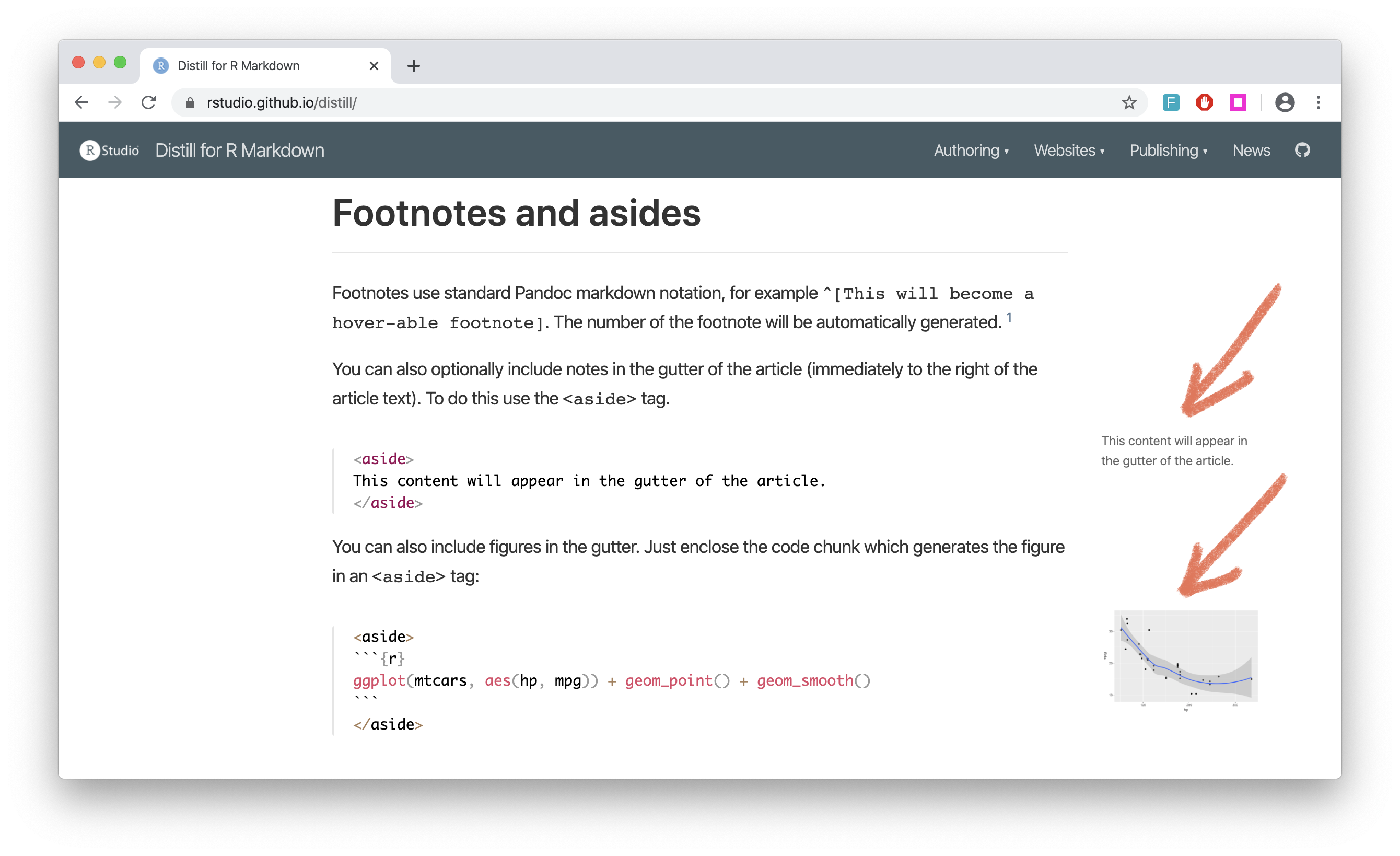Videos are responsively displayed at 100% of their container’s width (with height automatically determined based on a 16x9 aspect ratio). You can change this behavior by adding attributes to the Markdown code where you reference the video. You can specify an alternate percentage for the video’s width or an alternate fixed width and height. Step by step how to video showing you how to use the Bonanzle markdown feature, and how to clear the markdown. Presented by BonanzleBoardroom.com.
- Markdown Video Mp4 Downloader
- Markdown Video Mp4 Editor
- Markdown Video Mp4 Converter
- Markdown Video Mp4 Download
- Markdown Mp4 Video
Markdown is a lightweight and easy-to-use syntax for styling all forms of writing on the GitHub platform.
What you will learn:

- How the Markdown format makes styled collaborative editing easy
- How Markdown differs from traditional formatting approaches
- How to use Markdown to format text
- How to leverage GitHub’s automatic Markdown rendering
- How to apply GitHub’s unique Markdown extensions
What is Markdown?
Markdown is a way to style text on the web. You control the display of the document; formatting words as bold or italic, adding images, and creating lists are just a few of the things we can do with Markdown. Mostly, Markdown is just regular text with a few non-alphabetic characters thrown in, like # or *.
You can use Markdown most places around GitHub:
- Comments in Issues and Pull Requests
- Files with the
.mdor.markdownextension
For more information, see “Writing on GitHub” in the GitHub Help.
Examples

Syntax guide
Markdown Video Mp4 Downloader
Here’s an overview of Markdown syntax that you can use anywhere on GitHub.com or in your own text files.
Headers
Emphasis
Lists
Unordered
Ordered
Images
Links
Blockquotes
Inline code
GitHub Flavored Markdown
GitHub.com uses its own version of the Markdown syntax that provides an additional set of useful features, many of which make it easier to work with content on GitHub.com.
Note that some features of GitHub Flavored Markdown are only available in the descriptions and comments of Issues and Pull Requests. These include @mentions as well as references to SHA-1 hashes, Issues, and Pull Requests. Task Lists are also available in Gist comments and in Gist Markdown files.

Syntax highlighting
Here’s an example of how you can use syntax highlighting with GitHub Flavored Markdown:
You can also simply indent your code by four spaces:
Here’s an example of Python code without syntax highlighting:
Task Lists
If you include a task list in the first comment of an Issue, you will get a handy progress indicator in your issue list. It also works in Pull Requests!

Tables
You can create tables by assembling a list of words and dividing them with hyphens - (for the first row), and then separating each column with a pipe |:

Would become:
| First Header | Second Header |
|---|---|
| Content from cell 1 | Content from cell 2 |
| Content in the first column | Content in the second column |
SHA references
Any reference to a commit’s SHA-1 hash will be automatically converted into a link to that commit on GitHub.
Issue references within a repository
Any number that refers to an Issue or Pull Request will be automatically converted into a link.
Username @mentions
Typing an @ symbol, followed by a username, will notify that person to come and view the comment. This is called an “@mention”, because you’re mentioning the individual. You can also @mention teams within an organization.
Automatic linking for URLs
Markdown Video Mp4 Editor
Any URL (like http://www.github.com/) will be automatically converted into a clickable link.
Strikethrough
Any word wrapped with two tildes (like ~~this~~) will appear crossed out.
Emoji
GitHub supports emoji!
Markdown Video Mp4 Converter
To see a list of every image we support, check out the Emoji Cheat Sheet.
Last updated Jan 15, 2014
It's not really possible to properly embed a video in a Github comment, pull request or issue like it's possible for images for instance. So if you want to put a video in a Github pull request (I do that quite often), you have to upload it to a video hosting service like Youtube and then you can put the link in the description. This is not what I would call embedding a video but at least it's simple and effective.
Markdown Video Mp4 Download
Lately, I discovered on Stackoverflow a much better solution where the simple text link to the video hosting service is replaced by a thumbnail generated by the video platform. In markdown, for Youtube this gives:
Of course, VID should be replaced by the actual Youtube video id. This is still not embedding a video but that's a bit nicer and a much better incentive to click to watch the video :-) The only problem is that it's a tad long to type and to remember. That's why I decided to write a Greasemonkey script to simplify that. Actually, at first I wanted to write a super simple bookmarklet but Firefox has a very annoying issue where bookmarklets are broken on Content Security Policy enabled website like on Github :-(
Anyway, the Greasemonkey script is available on Github in dpobel/github-add-youtube-video. To use it, you first need to install Greasemonkey and then just load the addvideo.user.js in your browser, it should ask if you want to install that script. After doing that, the Github markdown editor should get a shiny new button that is able to transform any Youtube URL to the previous code snippet, here is the script in action:
Markdown Mp4 Video
If nothing is selected in the textarea, hitting button will just prompt the user for a Youtube URL to embed. This script should also work in Greasemonkey clones for Chrome, though I did not test it.




